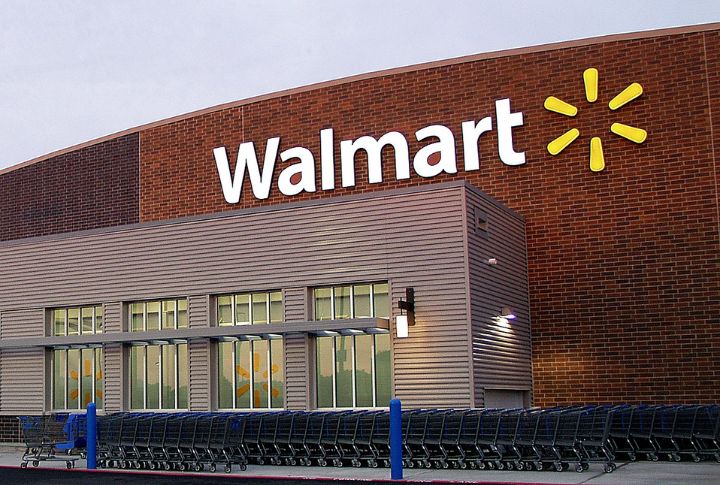
Self-checkout was supposed to be the fast lane. Instead, it turned into a DIY maze with blinking red lights and missing product codes. Retailers? They’re kinda over it. Each one’s tweaking the system—some gently, others dramatically. If you’ve noticed a few awkward changes lately, that’s because ten major retail names are rethinking what self-checkout should actually look like in 2025.
Target
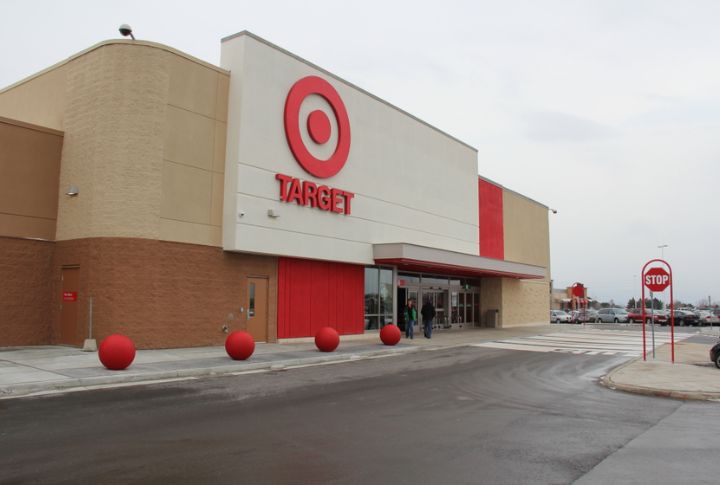
Target isn’t scrapping self-checkout, but it’s tightening the reins. Most stores now cap self-checkout purchases to 10 items or fewer. This streamlines the lane for speed and reduces cartloads that slow down lines. Also, employees nearby assist customers and work to minimize frustration.
Walmart

Walmart is dialing back on self-checkout lanes in select high-traffic stores. Why? The company discovered higher shrinkage rates and slower throughput when customers used kiosks. In 2025, employees are being reassigned to more attended lanes, reintroducing that personal touch many shoppers didn’t realize they missed.
Dollar General
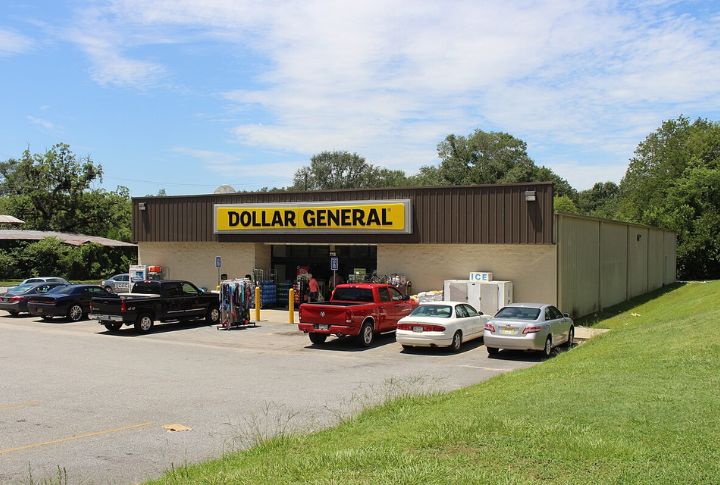
Going all-in on self-checkout sounded promising, but for Dollar General, the results weren’t pretty. Confused customers and rising theft pulled the brakes. This year, many stores—especially in rural spots—are bringing back cashiers. Their new focus centers on hybrid setups designed to keep lines moving and reduce the scanner drama.
Costco
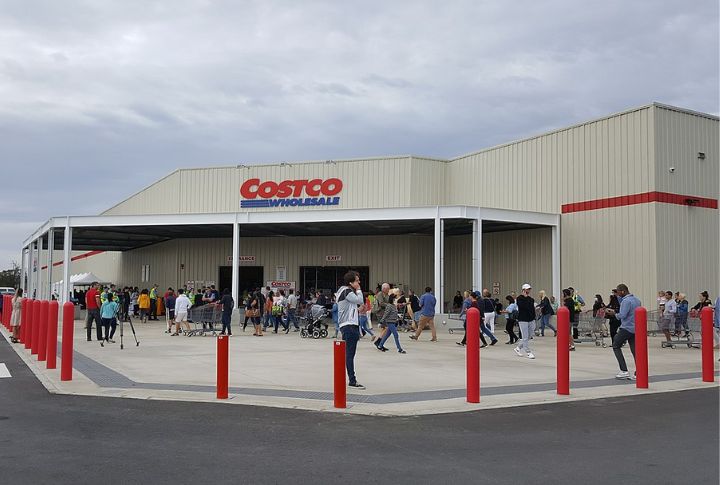
Costco’s well-known efficiency model ran into trouble with self-checkout, so the company made a change. Now, only verified members can access the feature. The goal is to combat the growing issue of unauthorized card use and account-sharing. Attendants are also checking receipts more closely, reinforcing Costco’s security-first mindset.
Five Below
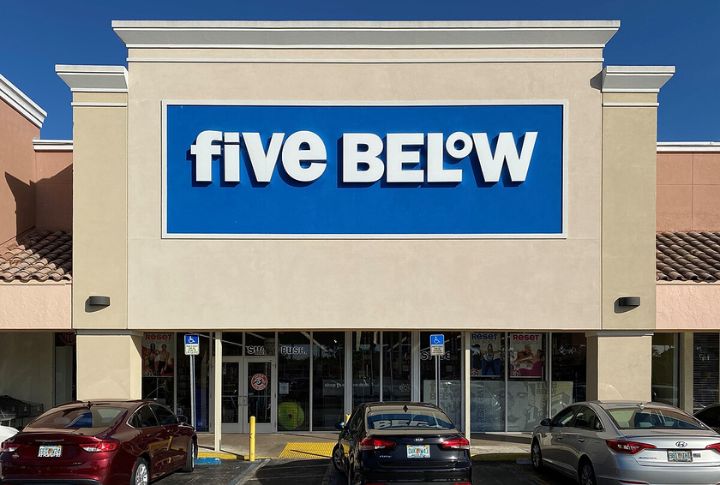
Fast and budget-focused, Five Below found its self-checkout stations getting jammed with oversized carts and confused customers. This year, it’s testing express-only stations—limited to three items. Cashier support remains the priority in flagship stores, where impulse buys and questions about tech items still require a human touch.
ShopRite

A new self-checkout system is in pilot at ShopRite, built to improve accuracy with AI-powered scales and product recognition cameras. Rather than depending only on barcodes, it detects mis-scanned products and verifies weights. The aim is to boost reliability without losing convenience, especially in high-traffic suburban stores.
Aldi

Aldi was slower to adopt self-checkout than some competitors, and it’s now testing contactless-only kiosks in select urban stores. Some locations appear to be moving away from accepting cash at these machines. This shift seems intended to speed up the process, though cash-paying shoppers may still need to use staffed lanes.
Albertsons
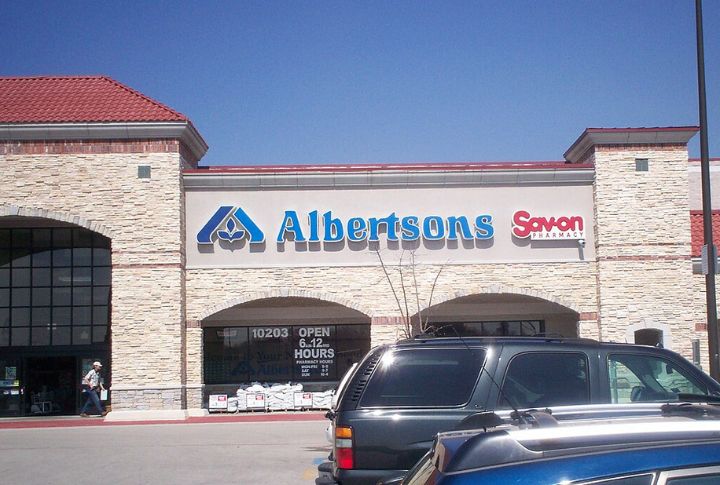
Security concerns have prompted Albertsons to roll out surveillance-integrated self-checkouts. Instead of relying on passive monitoring, the updated systems use advanced technology to identify irregular activity during the checkout process. The rollout, now reaching major markets, is designed to reduce mis-scans and give employees real-time alerts without delaying legitimate customers.
Kroger
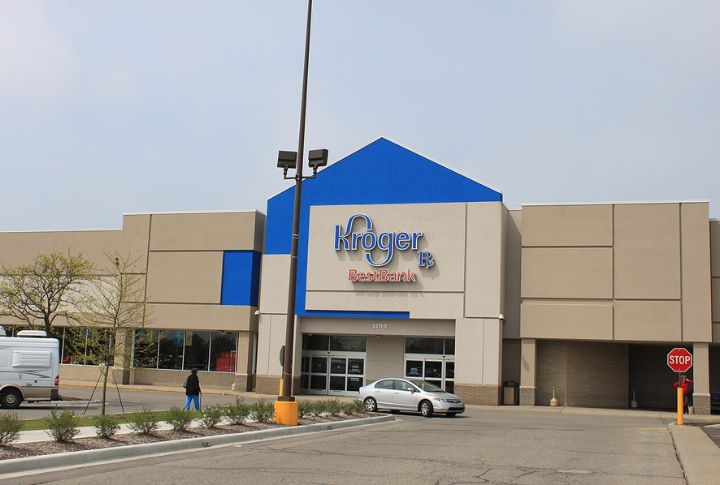
Kroger now stations associates near self-checkouts, ready to assist or step in when lines grow. The hybrid setup balances speed with supervision, aiming to shorten wait times and catch missed items. It reflects a shift toward efficiency without fully abandoning the appeal of self-service convenience.
Publix
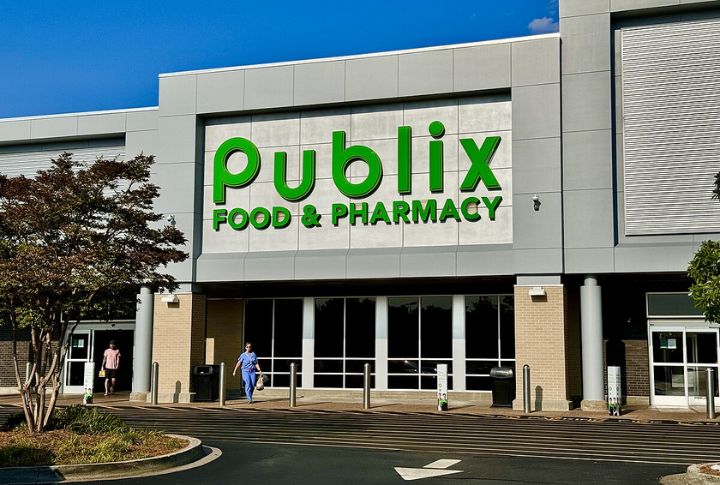
Known for its customer-first approach, Publix isn’t fully embracing the self-checkout trend. Instead, it’s emphasizing staffed lanes and restricting kiosk use to certain times and locations. That strategy aligns with shopper preferences for personal interaction, particularly in Florida markets where many customers favor a human-centered experience.
